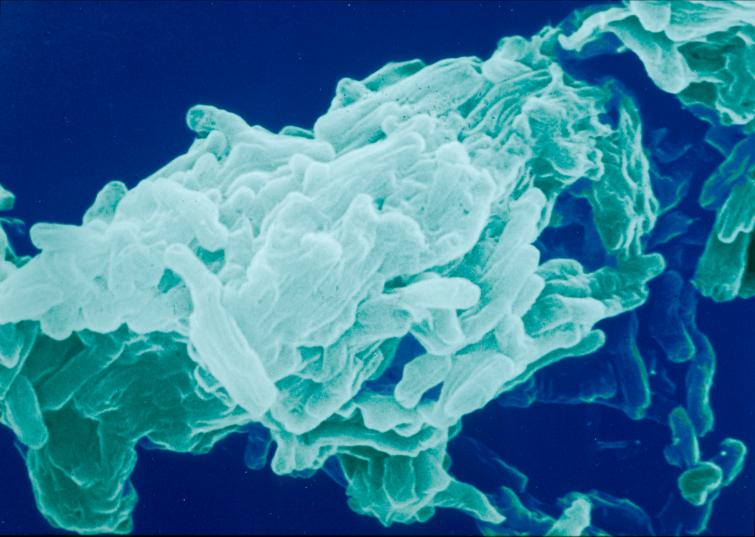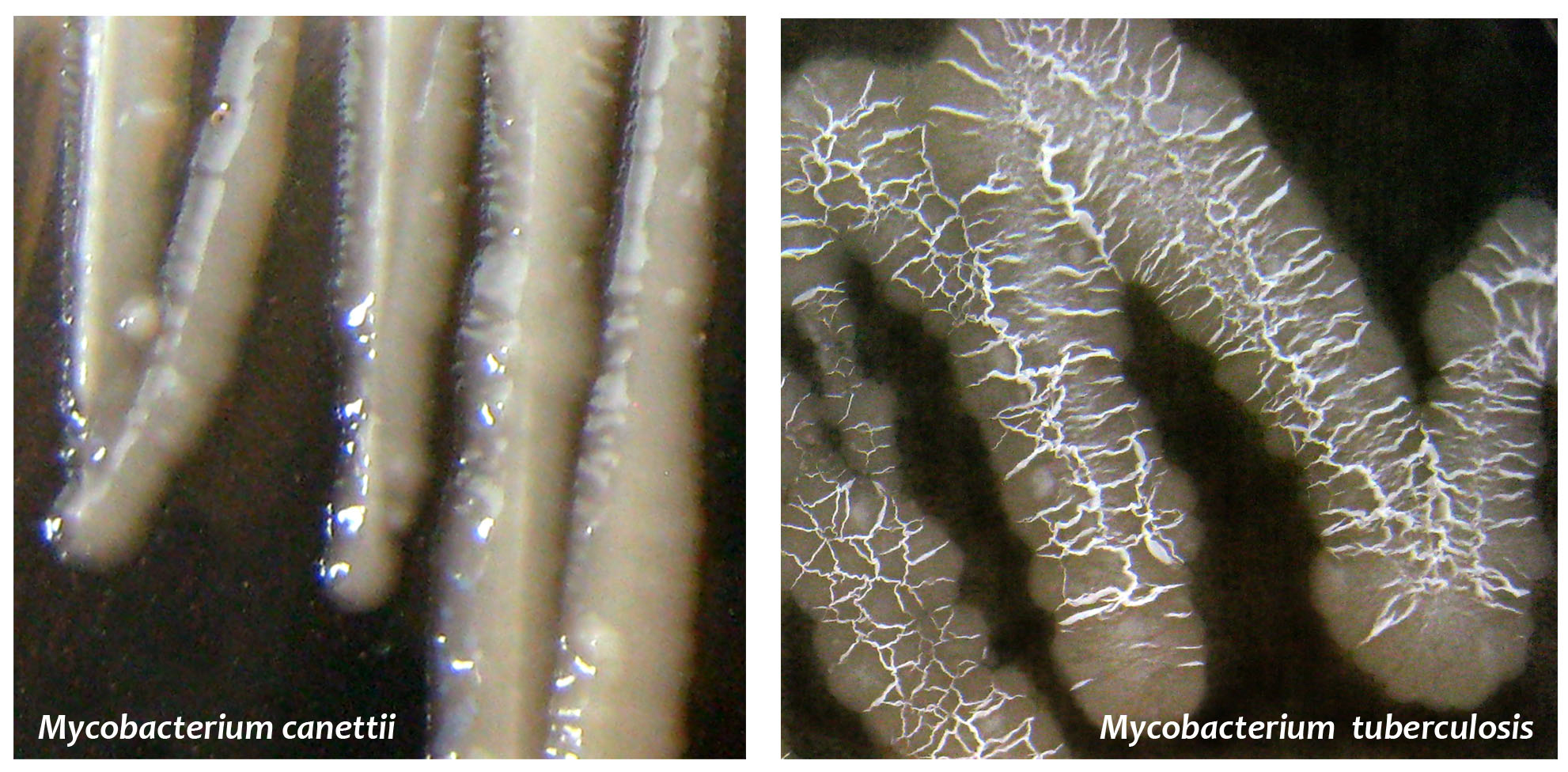
 Press
Press
Tuberculosis: discovery of a critical stage in the evolution of the bacillus towards pathogenicity
It is the disappearance of a glycolipid from the bacterial cell envelope during evolution that may have considerably increased the virulence of tuberculosis bacilli in humans. Scientists from the CNRS, the Institut Pasteur and the Université Toulouse III - Paul Sabatier have shown that this disappearance modified the surface properties of Mycobacterium tuberculosis, favoring its aggregation in "cords" and increasing its pathogenicity. These findings, which enable a better understanding of the mechanisms linked to the evolution and emergence of tuberculosis bacilli, constitute a major advance in our knowledge on this disease. They are published in Nature Microbiology on 27 January 2016.
